Common Issues in HVAC
HVAC design is difficult. As a project grows, the HVAC system becomes a complex network of ducts, fans, and dampers to service the space. All these components are necessary to get air from the intake point to the right room, at the right time, but they can also hinder airflow.
There are many factors to consider when designing HVAC systems. You may be in a building right now that has problems with heating and cooling in certain rooms. Common issues include weird drafts, cold or hot spots in a room, or pressure issues with the ducts in the ceiling.
Let’s look at three of these issues, and which damper type can help you alleviate the problem.
First Issue – Weird drafts and cold spots.
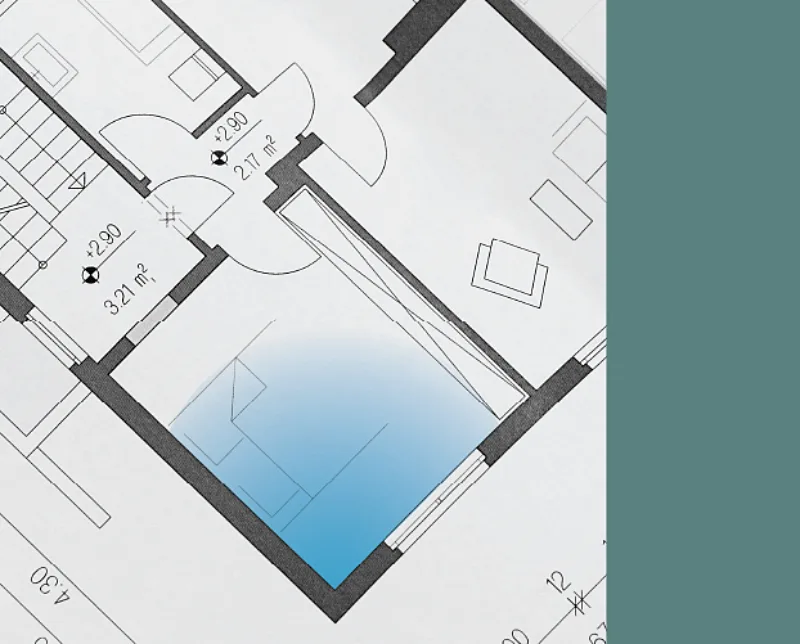
Has a door ever closed on the opposite side of the hall when the rest of the building is supposed to be empty? Are there cold spots in the office that never seem to warm up when the heater is on?
These two situations involve the same issue: a pressure imbalance in the ductwork. Air pressure will change as it flows through ducts and control dampers.
Pressure imbalances can make it difficult for the HVAC system to distribute air evenly through the connected rooms. This creates hot and cold spots that the system can’t reach. Fans can help the air along its route, but there is a damper type that can help keep air pressure in the right range.
The Solution – Balancing Dampers
Balancing dampers regulate air pressure through the duct by staying open throughout the day.
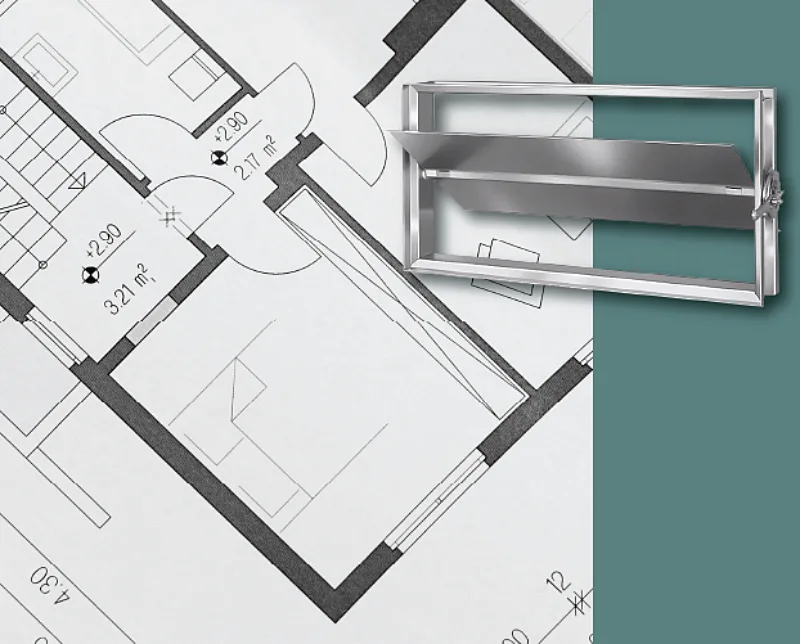
These dampers keep a specific blade angle to adjust the pressure of air as it passes through the damper. Balancing dampers are typically operated with a manual actuator, though manufacturers may.
The air pressure will increase as the blades rotate to the closed position. Technicians will adjust the angle of the blades by hand, while monitoring the air pressure in the room with pressure issues.
Once balance is achieved, the technician will lock the actuator. This will also lock the blades in place and maintain the current air pressure for the connected rooms. The HVAC system can distribute air throughout the room once air pressure is balanced, eliminating any hot and cold spots.
Second Issue – Excess pressure build up.
A pressure imbalance can make it difficult to heat and cool connected rooms, but excessive pressure can cause major damage to your HVAC system.
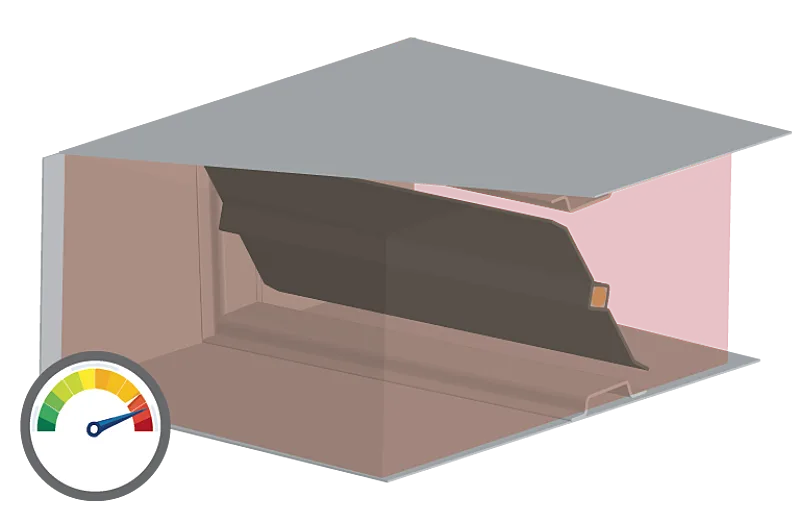
Duct equipment will be rated for a particular level of air pressure, measured as inches of water gauge (in. w.g.). For dampers, the unit can open and close at static pressures up to and including this maximum. The following issues will occur if pressure exceeds this limit:
- The damper won’t close or open when needed,
- The damper will suffer damage when attempting to open or close,
- The ductwork will warp or rupture.
It is important to keep air pressure under this limit.
If you find that static pressure will exceed these limits in a particular area, then you can install a specialty damper to help mitigate this pressure build up.
The Solution – Pressure Relief Dampers
Pressure relief dampers are backdraft dampers designed to open when pressures exceed a specific point in in. w.g.
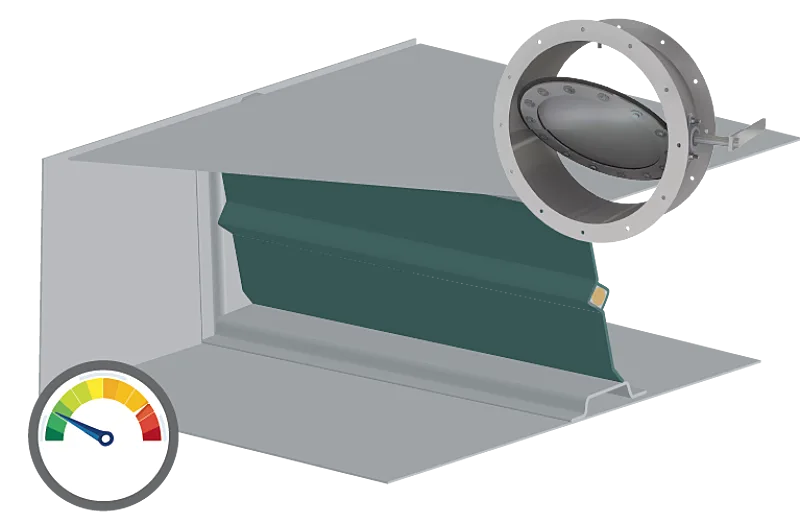
Backdraft dampers have blades with off-center axles, which turns the blades into flaps. These dampers are typically installed on the duct, or in rooms where pressure build up is common. Their blades open when excess pressure pushes on one side of the blade.
These dampers open and relieve excess air pressure without needing an actuator.
Once the pressure is relieved, the damper will automatically close to prevent air leakage. The damper will remain closed during standard operation, only opening when it is needed. Like standard backdraft dampers, pressure relief dampers can be equipped with blade seals to help minimize leakage while the damper is closed. Pressure relief dampers keep your duct equipment safe.
Third Issue – Contamination issues.
This issue relates to sensitive areas that require isolation from standard airflow.
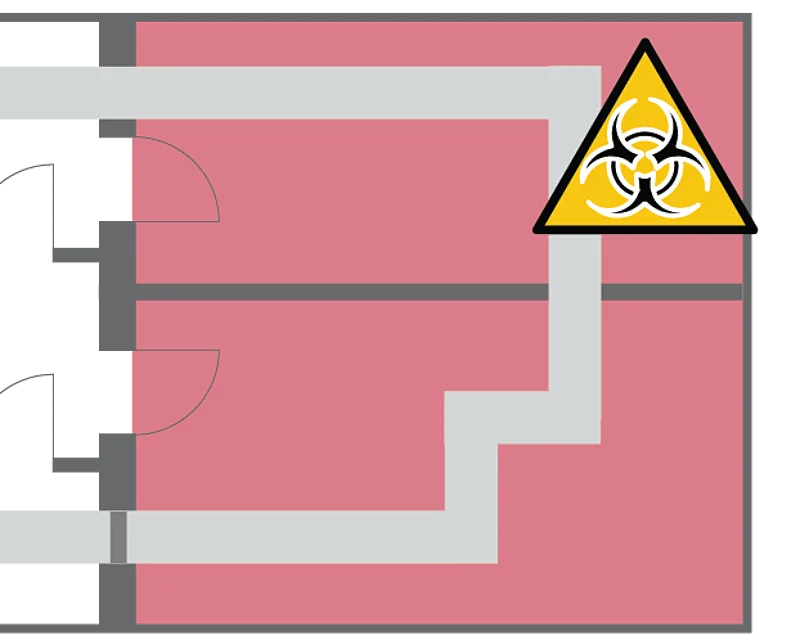
For instance, laboratories will have areas that require a specific environment for testing. The air in these areas will need to be cleaned and maintained by a separate air handler, complete with specialized filtration systems.
Air in these areas cannot mingle with air from other parts of the building. The system will need to be designed for complete isolation.
These applications aren’t unique to medical or pharmaceutical projects. Chip manufacturers will also have a need for isolated lab areas for designing and developing chipsets for computers. These areas will need to be free of dust.
The Solution – Isolation “Bubble-tight” Dampers
Isolation dampers are designed to have the tightest possible closure of any damper.
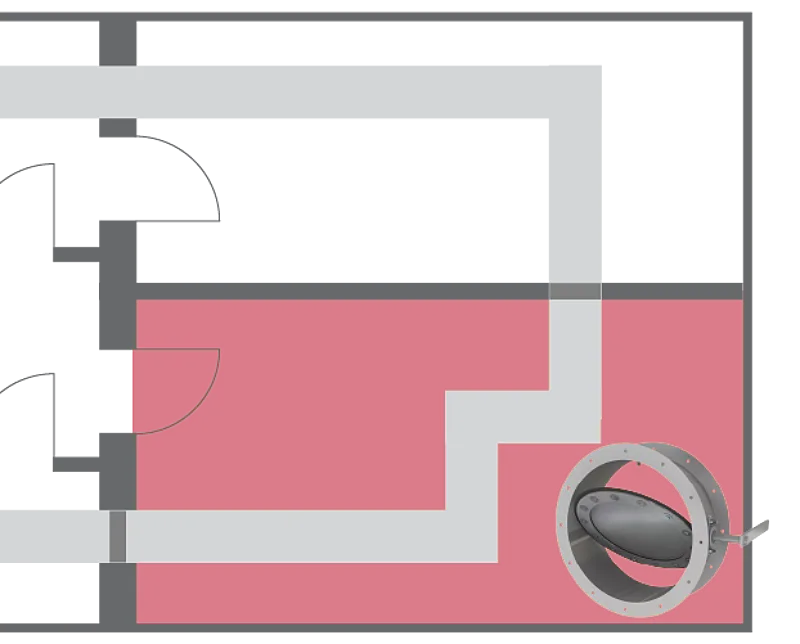
Every isolation damper will have blade and jamb seals that have nearly zero free space when the damper closes. When closed, this damper provides a seal that is considered “bubble tight”. This is how these dampers get the nickname “bubble tight dampers”.
Isolation dampers work similarly to volume control dampers, opening and closing when the system needs airflow.
These dampers are built from heavy-duty materials, so that they can withstand intense pressures. If you need isolation dampers, then you will need to make sure the application area can support a heavy damper.
Dampers do more than air control. They can help solve a wide range of issues in your HVAC system. If you have any of the issues listed here, consider adding some of these dampers to your system. Keep your system in peak condition with the right dampers.
AWV and Specialty Dampers
At AWV, we have helped our customers solve special problems with their HVAC systems. We have the experience to help you find the right solution for your system. Browse our line of dampers and louvers today.
Interested? Start your next project off with the right dampers. Contact AWV today. Let’s work together on solving your HVAC system.





